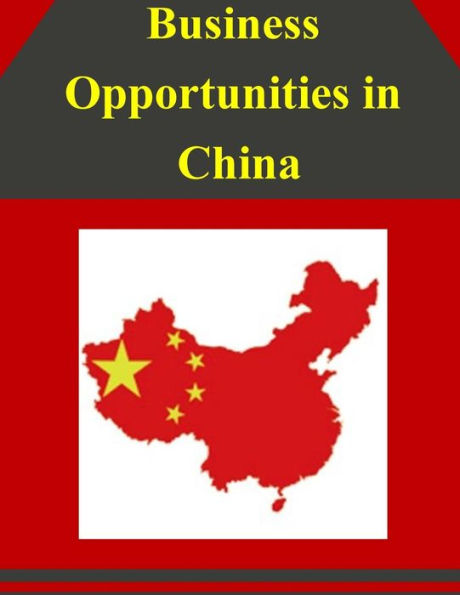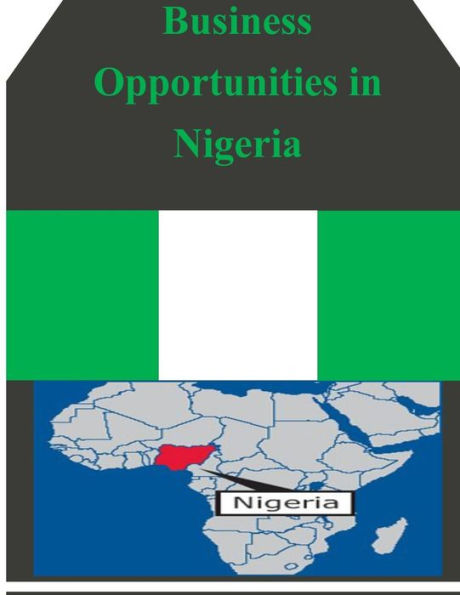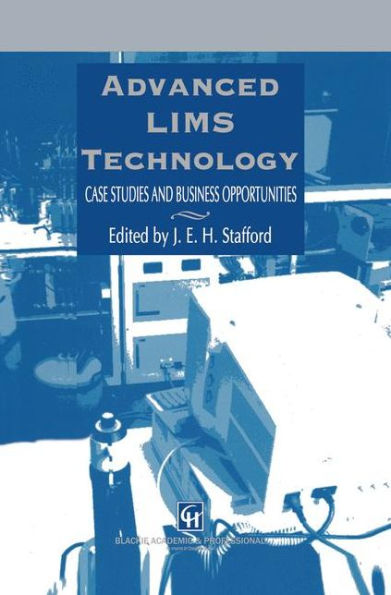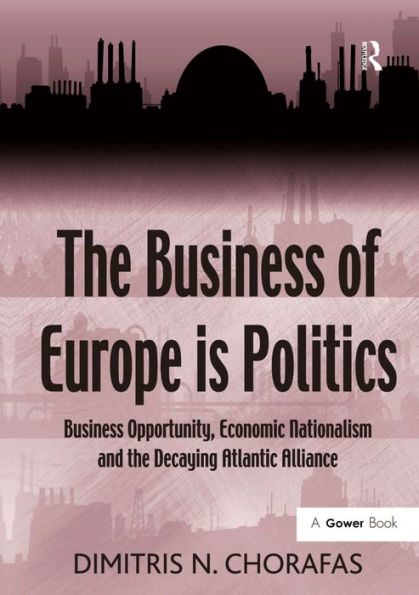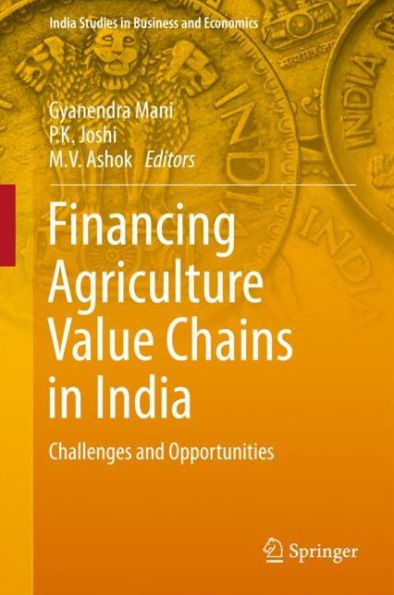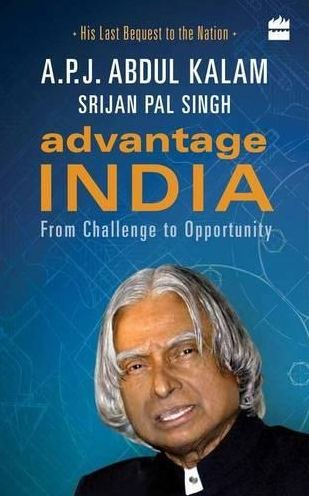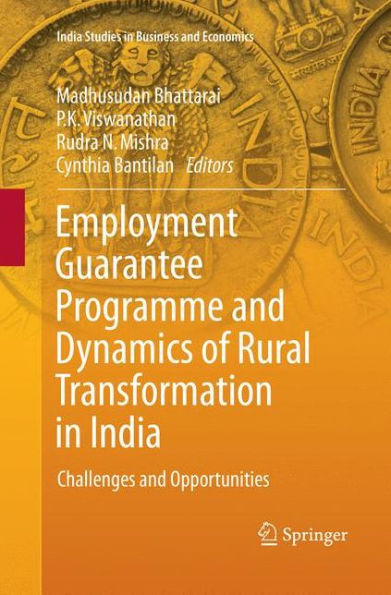Home
Business Opportunities in India
Barnes and Noble
Business Opportunities in India
Current price: $15.95
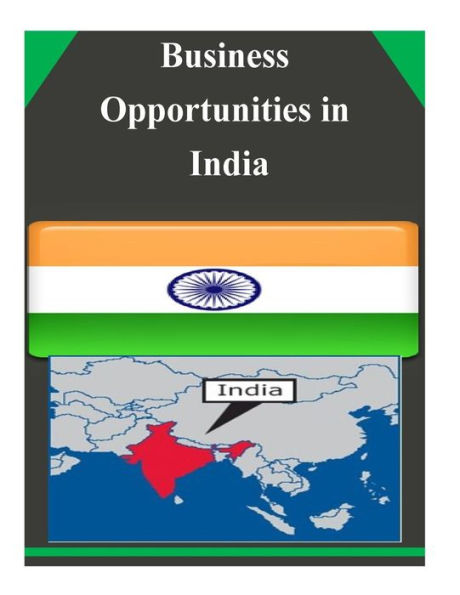

Barnes and Noble
Business Opportunities in India
Current price: $15.95
Size: OS
Loading Inventory...
*Product information may vary - to confirm product availability, pricing, shipping and return information please contact Barnes and Noble
The Republic of India is one of the world's most politically-active democracies and the tenth largest economy. It is the third largest Asian economy after China and Japan. Among the major emerging markets of Brazil, Russia, India, China, and South Africa (BRICS), India ranks second in terms of economic growth with the IMF forecasting a GDP growth rate of 5.7 percent for 2013. It is the second most populous country in the world with approximately thirty percent of its 1.2 billion inhabitants residing in urban areas. India's industrialized economy encompasses diverse manufacturing sectors (steel production, oil and gas refining, auto, plastics, textiles) that contribute just 18 percent to a GDP that also includes traditional village farming, agriculture, and handicrafts. The services sector, especially information technology, continues to be the major source of economic growth. Services account for more than half of India's GDP output and employ less than one third of its labor force, currently estimated to be 471 million workers, making it the second biggest workforce on the planet.India is the 18th largest export market for U.S. goods. Led by civil aircraft, engines, equipment and parts, U.S. goods exports to India in 2012 reached $22.3 billion, up 3.9 percent from the previous year. Corresponding U.S. imports from India, primarily diamonds, pharmaceuticals, and petrochemical products, totaled $40.5 billion, up 12.1 percent. Preliminary data show that U.S. exports of private commercial services (i.e., excluding military and government sales) to India stood at $12 billion in 2012 and U.S. imports were $17.7 billion. Total two way trade in goods and services is expected to top $100 billion in the near term. The stock of U.S. foreign direct investment (FDI) in India was $24.7 billion in 2011 (latest data available), down from $24.8 billion in 2010. U.S. FDI in India is largely in the professional, scientific, and technical services, finance/insurance services, and the information services sectors.The Indian economy has posted an average growth rate of 6.9 percent since 1998, and according to the Government of India, reduced poverty by about 10 percentage points to 29.8 percent. Dependent on services exports and private domestic consumption, India's 2012 GDP grew approximately 4.5 percent, reaching $1.945 trillion with a GDP per capita of $1,592. The World Bank estimates India's 2013-14 GDP growth at 6.1 percent. Economists estimate that creating jobs for millions of its citizens in order to alleviate poverty in India requires economic growth of 7 to 8 percent per year through 2020, the year India is expected to overtake China as the most populous nation on earth. In 2011, economic growth in India began a quarter-on-quarter deceleration from 8.5 percent GDP growth in 2010 to what many believe was the bottom at 4.5 percent GDP at the end of 2012. Supply side constraints, policy paralysis, and the government's inability to roll back the 2008 fiscal stimulus programs that contributed to the surge in the fiscal deficit contributed to the downturn. However, experts speculate that the Indian economy will grow faster in 2013 compared to 2012 due to business and investor friendly reform measures announced recently by the Indian government. Under the threat of a stalled Indian investment cycle, a possible credit rating downgrade over a burgeoning fiscal deficit, and a rising current account deficit, the government relaxed foreign investment rules in sectors such as retail and civil aviation and set up a ministerial panel to fast-track implementation of large industrial and infrastructure projects. Political fallout over the decision to implement FDI in the multi-brand retail sector resulted in the loss of political allies in the parliament. Nevertheless, Prime Minister Manmohan Singh expressed confidence that the government will pass long pending reforms needed to reverse the country's worst economic slowdown in recent years.
